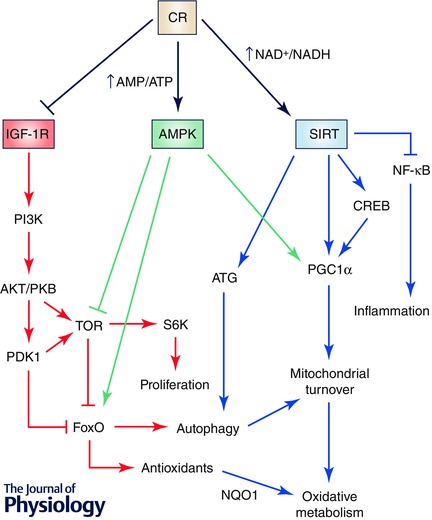Figure 2. Complex interaction of proliferative and protective mechanisms in the CR prolongevity effect in organisms .

Nearly all the organisms studied to date have shown similar mechanisms in response to CR. Basically, CR induces mechanisms involved in energy efficacy and inhibits mechanisms involved in less efficient energy consumption and proliferation. Thus, CR inhibits IGF‐I‐dependent signalling which activates TOR and protein synthesis and inhibits FoxO, blocking antioxidant expression and autophagy. On the other hand, the balance between AMP and ATP and NAD+ and NADH serves as a signal to activate AMPK and sirtuins, respectively. These nutrient sensors and regulators block the signal dependent on IGF‐I and TOR at the same time as they activate mechanisms to enhance more efficient energy production through oxidative metabolism and mechanisms to enhance cell protection through antioxidants and organelle turnover through autophagy. At the same time, CR, through sirtuins, can block inflammation mediators. This regulation occurs at different levels and many mediators can produce a redundant response such as autophagy activation by blocking TOR‐dependent FoxO inhibition or by inducing the activity of autophagy‐related (ATG) proteins.
